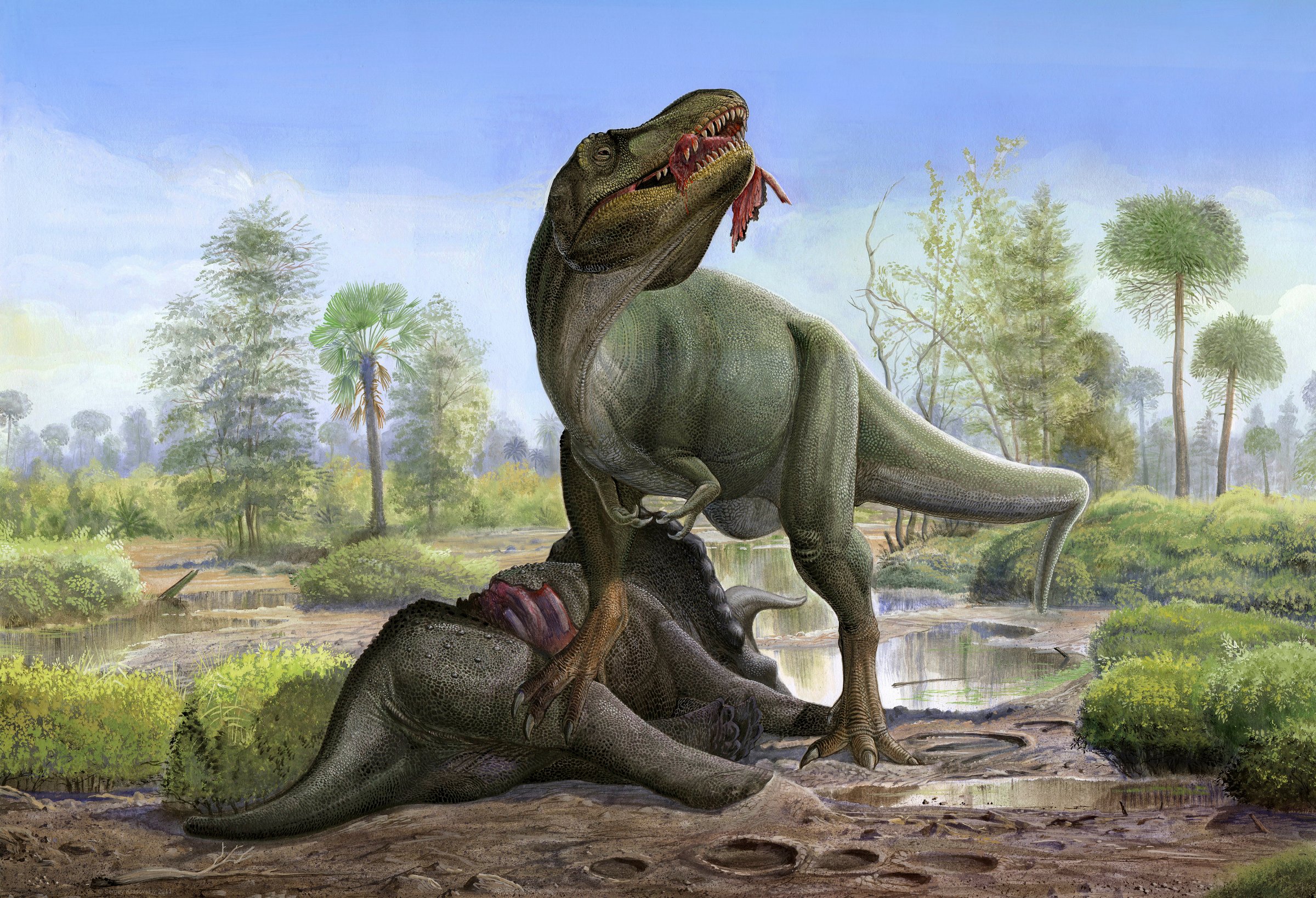
Though notoriously short-armed, the T. Rex had other genetic advantages: namely, its teeth.
Researchers have found that the saw-like internal tooth structure of carnivorous dinosaurs like the Tyrannosaurus Rex may have played an important role in their success as predators.
In the study published in Scientific Reports, researchers discovered that the teeth of meat-eating Theropod dinosaurs featured specially layered arrangements of dentine, a hardened tissue which helped not only strengthen the tooth, but also to enlarge the tooth’s jagged edges. This tooth structure allowed them to develop a “hypercarnivorous feeding style,” the study says, with the ability to crush bones and feed on other large animals.
When teeth were worn out or lost, these dinosaurs were able to grow new teeth to replace them. Growing new teeth could take up to two years, however, which is why these dinosaurs needed a tooth structure strong enough to last – and to keep up that meaty diet.
More Must-Reads from TIME
- Donald Trump Is TIME's 2024 Person of the Year
- Why We Chose Trump as Person of the Year
- Is Intermittent Fasting Good or Bad for You?
- The 100 Must-Read Books of 2024
- The 20 Best Christmas TV Episodes
- Column: If Optimism Feels Ridiculous Now, Try Hope
- The Future of Climate Action Is Trade Policy
- Merle Bombardieri Is Helping People Make the Baby Decision
Contact us at letters@time.com